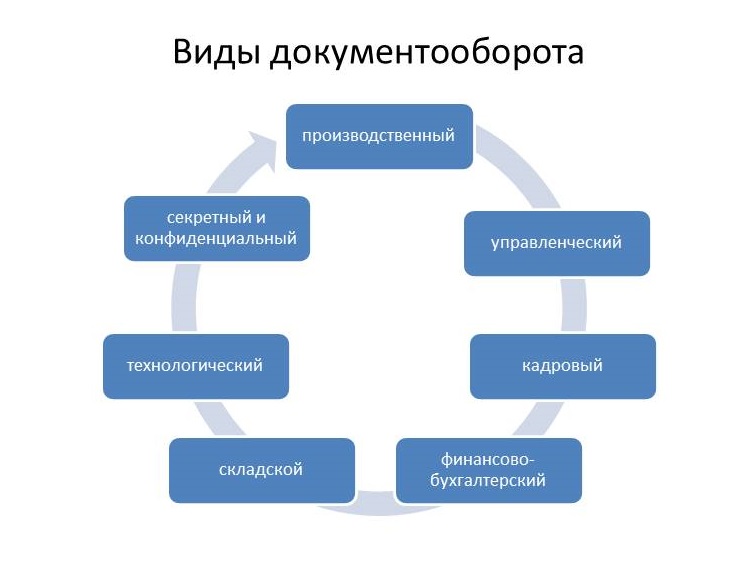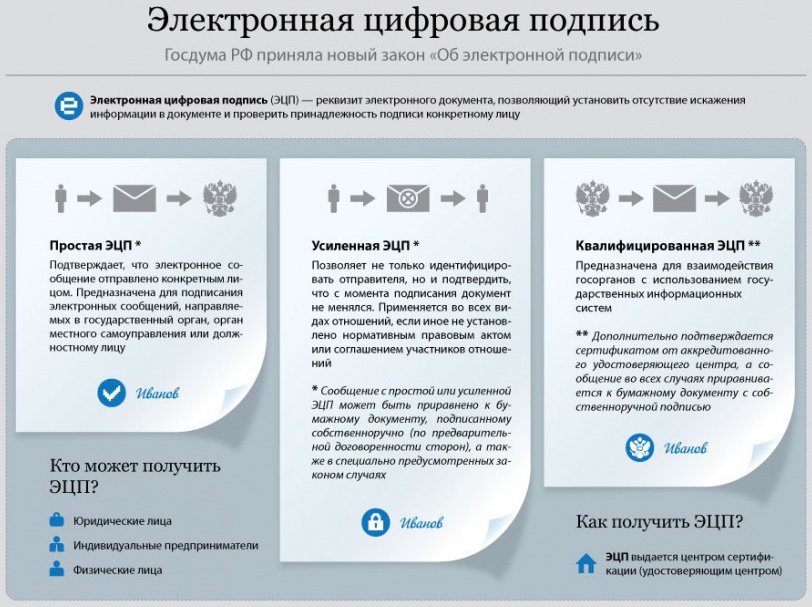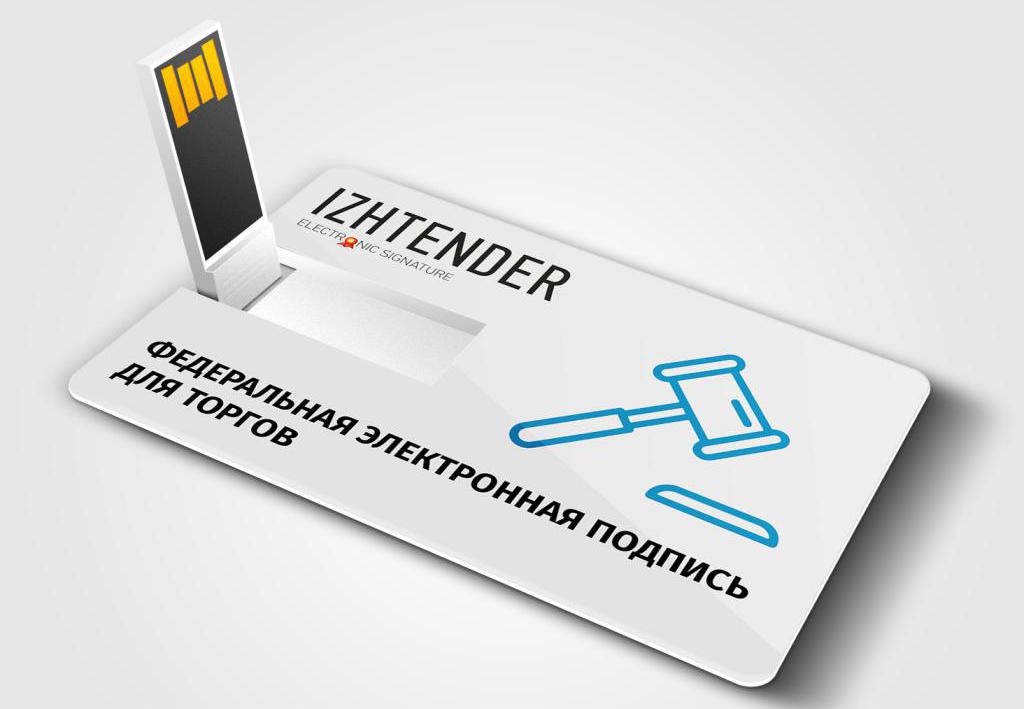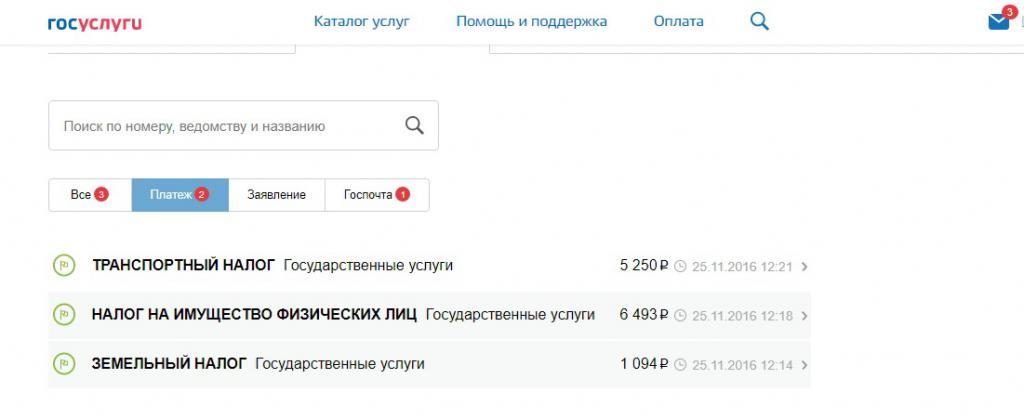In response to the question: "What is EDI?" a brief excursion into the history of workflow is given, the types and purpose of internal and external circulation of documents of the organization are determined. The factors of success of the implementation of EDI systems at the enterprise and the role of electronic document management as a means of optimizing procurement are disclosed. Electronic signatures, certification centers and operators are considered as key components of EDI. Organization of workflow with government agencies is presented as a means of reducing time and cost. The EDM system of the Moscow Government is given as an example of the implementation of paperless workflow on a megalopolis scale.
What is EDI?
Document flow - movement of documents of an organization from the moment they are created or received until completion of execution or sending; a complex of work with documents: reception, registration, mailing, control of execution, formation of cases, storage and reuse of documentation, reference work. The concept of electronic document management is fixed in the state standard. It gives a strict but narrow definition:
Electronic document management (EDF) is a single mechanism for working with documents submitted in electronic form, with the implementation of the concept of "paperless paperwork".
(GOST R 7.0.8-2013).
Workflow: from clay tablets to Industry 4.0
The first document management systems appeared with the invention of writing, or rather, symbolic writing. The head of the family noted with cuts on a wooden tag the number of bags of grain collected and the lambs born. This can be considered the beginning of the internal workflow of the enterprise.

Assyrian priests and officials of the ancient Chinese kingdoms, having received writing from the inventors, immediately adapted it to the task of public administration - collecting taxes, codifying laws, sending orders to governors and diplomacy. This workflow was more or less formalized.
It was already an interstate and even interstate document flow.
With the development of civilization, the rules for the exchange of information recorded on a medium became more complicated. The first revolution in workflow came with the invention of affordable paper. The scribes writing down the most important on parchment scrolls multiplied by number and formed the masses of lower-ranking officials - not decision-makers, but copying other people's documents, making copies, issuing certificates, writing requests, taking into account emerging documents in magazines and delivering important papers to another department.
And at that very moment, couriers, couriers, couriers ... you can imagine thirty-five thousand couriers alone!
A. Griboedov
The bureaucracy, as a management technology, has received an instrument of enormous power. At times, it crushed the state, the economy, and society.
The second revolution came with the invention of typewriters. Management technology has not changed; the productivity of bureaucrats and their power have increased.
The third - with the advent of computers and email. At the first stage, which ends today, the technologies for the production and delivery of documents have changed. Management technologies remained virtually unchanged. The bureaucracy has digested this revolution. It was at this stage that the concept of EDI appeared. At first, electronic document management meticulously reproduced all management processes, procedures, and routes of the traditional circulation of documents.
Fourth - coming and knocking on the door. Its essence is that programs and devices begin to exchange data and make decisions without human intervention. The refrigerator orders the delivery of products, the RTE class system (real-time enterprise) receives orders, purchases raw materials, reconfigures the production line and ships the products to the customer. At this stage, humanity gets a chance to get rid of the armies of clerks who do not make decisions and do not produce added value. Advanced enterprises and states are already doing this.
The place of EDI systems among information systems
Depending on the degree of maturity of the information system in the enterprise or institution, the EDI system can be:
- A separately implemented software product occasionally exchanges data with other subsystems via interfaces or manually.
- Separate software, deeply integrated with the enterprise management system, data exchange is organized online or upon the occurrence of a given event.
- The module of a large enterprise management system (class ERP or PLM).
Among the systems presented on the world market, EDI systems occupy a place between workflow systems and Record Management systems.
The direct implementation of electronic document management based on Western systems at a Russian enterprise (organization) is rarely successful. The worldview and ethical differences between business models and service models are too great. A touching obstacle is also the touching Russian love for the bureaucracy, not as technology and a means, but as a self-sufficient goal of a clerk or official.
Electronic document management: types and purpose
The circulation of documents of an enterprise or organization is divided into two main types - external and internal. Historically, the automation of internal workflow first developed.

In a well-built information environment of an enterprise or organization, all document management subsystems are interconnected, exchange data with each other and are equipped with a cross-reference system. So, for example, the final agreed text of the contract is available to logistics for the formation of applications for payment, to financiers for control, technologists and designers - in terms of technical specifications, etc.
The main purpose of the internal EDI system is to provide the system participants with the information necessary for their work and the adoption of managerial, technical, financial and personnel decisions. Organizing control over the implementation of decisions made is also one of the most important functions of EDI. Electronic document management is also a means of organizing an electronic archive.
The external EDI has additional functions - it allows organizations to exchange legally and financially significant documents through communication channels. An important role here is played by electronic signature, which allows identifying the sender even more reliable than the usual signatures and stamps on traditional documents.
Automation of workflow within the enterprise
At the time of the decision on automation, the company has a paper workflow system. Employees create documents in various programs, send them to each other by e-mail. It has a certain level of maturity and is reflected in regulatory documents: regulations, instructions, and regulations.
The team that will be involved in automation should definitely study the set of these documents, understand how much they reflect the business processes that have actually developed in the organization. In the electronic document management system, each information flow should reflect the real flow:
- material;
- financial;
- labor.
And serve a specific business process.
The business model created on the basis of such an analysis should not only be implemented in the information system, but also should be reflected in the updated regulatory documentation.
Employees of the organization create most of the documents in electronic form in various programs, send them to each other by e-mail. The form of documents is regulated, however, the rules for such mailings, the timing and content of the reaction are not very formalized. This can already be called an EDI system at the embryonic level of development. Now we can talk about the automation of electronic document management - building a system for creating, filling, processing, routing electronic documents. An important addition to the system will be a subsystem for monitoring performance and reporting.
If the maturity of the processes at the enterprise is sufficient, there is every chance that the transition to electronic document management will be successful. The main success factor in implementation is the employees of the enterprise. They also constitute the main risk.
During the organization of electronic document management systems, the implementation team has to adjust not only the forms of documents and standard approval routes, but often - the basic logic of the system. Otherwise, it is impossible to satisfy the requirements of a customer who is convinced that the business processes that have historically developed in their organization cannot be improved and cannot be touched in any case.
Such a compromise leads to a rise in price of both the implementation itself and the support of the system - each installation of updates from the vendor turns into an implementation in miniature. The quality of the system is reduced.
As shown by the Gartner Group, truly unique business processes, such as those that give the company a competitive advantage, are even less than 1-5% at leading enterprises. The remaining processes, without prejudice to the organization, can (and should) be replaced with standard ones from the basic system configuration.
Actually, the basic configuration is the generalized experience of the most successful enterprises in the industry. The transition to standard business processes leads to lower transaction costs and an increase in overall business efficiency. Electronic document management will be easy and convenient. This will fully pay for the one-time effort for organizational change, regulatory adjustment, and employee training. During the training, it is necessary to patiently and consistently explain to users what EDI is, how it will change their life and the life of the whole enterprise for the better.
EDI between enterprises. Workflow Ecosystems
EDI (Electronic Data Interchange) systems appeared in the West in the 70s of the XX century.
They carried out electronic document circulation between organizations, allowed enterprises to place and receive orders on the market, arrange shipment of manufactured products to the customer, and generate appropriate logistic and financial documents in electronic form.
If necessary, paper documents were drawn up at the end of the month or quarter, their formation, delivery, acceptance, delivery back did not slow down the commercial and production process. At the same time, the EDI data exchange standard was formed, which survived to the implementation of XML.

Connection to electronic document management system EDI has greatly accelerated the commercial and production activities of enterprises.
EDI with government
Also originated in the West. The subjects of financial and economic activity were able to file a declaration of income in electronic form at the end of the last century. In the twentieth century, Russian actors got this opportunity. In recent years, the submission of information to the tax inspectorate, pension fund (Pension Fund), labor inspection in electronic form has become mandatory, first for large, then for medium, and at the last stages - for small enterprises and organizations.
Enterprises are required to enter into an agreement with the FIU on electronic document management. Citizens also got the opportunity to translate their communication with the tax office in electronic format. Every year the popularity of such services is growing among the population.
Elements of external EDI systems
Client - an organization or individual participating in an EDI and having an electronic signature. The EDI operator provides its customers with a platform for document exchange.
Electronic signature (ES) - a specially formed data set that allows you to uniquely identify the participant EDI. This kit is attached to an electronic document and confirms its authenticity.
An electronic signature is information in electronic form that is attached to other information in electronic form (signed information) or is otherwise associated with such information and is used to determine the signer of information. (Federal Law of April 6, 2011 No. 63-FZ "On electronic signature ")
Three classes of electronic signature are accepted in the Russian Federation. They differ in the level of protection and purpose.

- Simple signature - certifies that the document has been sent by a specific person - the owner of this signature. It is used to confirm the identity of the sender of the e-mail to the address of official institutions at various levels or specific officials.
- Enhanced unqualified signature - certifies both the sending of an electronic document by a specific person and the fact that no changes were made to the document from the moment of signing. It is used when certifying documents for which printing is optional. This signature is generated using encryption tools, certificates issued by an unaccredited certification authority are allowed.
- Enhanced Qualified Electronic Signature (CEP) - is generated using encryption software certified by the FSB. CEP uses a certificate from an accredited certification authority that acts as a guarantor of the authenticity of the signature. ED signed by CEP has equal rights with a document on paper certified by personal signature. Protest CEP is possible only by court order. CEP is used for interaction between government agencies using state information systems
Certification Authority (CA) - a state or public organization issuing electronic signatures (certificates).
The reputation of the CA is accepted by all parties involved in the circulation of electronic documents. The CA issues certificates for organizations and individuals - participants in the turnover. During transactions, the CA confirms the authenticity of a particular electronic signature.
The accredited certification center is in a contractual relationship with the root CA and is required to comply with all requirements of the legislation of the country of location.
EDI operator - commercial organization that provides participants with a technological platform for the implementation of EDI. The provision is carried out on a commercial basis with the conclusion of a contract. The operator EDI is subject to mandatory certification in state bodies
Electronic trading platform (ETP) is a complex of communication channels, software and hardware, designed to organize trade between commercial and state organizations, as well as private individuals.

The electronic trading platform unites sellers and buyers of various products and services in a single information environment, providing them with a number of related services. Many resources of the global network offer services to bring together suppliers and consumers, help them conclude a deal and act to a greater or lesser extent as the guarantor of such a deal.
To minimize their costs, buyers can organize electronic bidding in the form of direct and reverse auctions, competitive procurements, requests for quotations and offers, optimizing costs.Sellers get easy, quick and convenient access to the market and a convenient platform for promoting their products.
- An ETP for placing a state order is an ETP selected by the RF Ministry of Economic Development and the FAS for open auctions in electronic form.
- ETP for the sale of property of debtors (bankrupt). They became all the electronic sites conducting public procurement.
- ETP for placing orders under 223-ФЗ.
- ETP for commercial customers - commercial enterprises are bidding here according to more flexible rules.
- Commercial specialized ETPs created for a specific corporation. For example: a Gazprom site for the sale of petroleum products.
- Commercial multidisciplinary electronic trading platforms with a universal set of products and services.
ETPs such as Aliexpress and E-bay are widely known.

For them, consumer rights are protected by both the rules of the platforms and the rating system - each buyer evaluates the seller.
Government services
The State Services website integrates the Internet portals of many government agencies and services into a single consolidated portal. It was created in the development of the state concept of “Single Window” in order to simplify communication with state authorities for citizens. Having logged in once using a qualified electronic signature, a citizen of the Russian Federation can receive information about his:
- The property.
- Taxes.
- Education.
- Pension benefits.
- To transport.
- To the documents.
And many other important points.

You can check and pay taxes, fines and government fees. A citizen also has the opportunity to request the issuance of any official document, certificate, passport, visa, certificate, etc. For this, he does not need to go to the institution itself, or even to the multifunctional center - the application is submitted electronically, in the same form copies of necessary documents.
After preparation of the requested document, one visit to the MFC is sufficient, where the documents will be verified, a record of biometric parameters (if necessary) and the issuance of the required document. This type of electronic document management saves a lot of time for both citizens and employees of institutions - they do not need to spend time on the initial reception of citizens and documents, and for personal additions and corrections, they also do not need a personal presence.
The electronic document management system of the Government of Moscow
In the capital, the MosEDO system has been formed and has been successfully operating since 2011. Electronic document circulation with its help is carried out among themselves by government bodies, services, commercial and public organizations. The system is well established and enjoys well-deserved recognition among Muscovites.
The system is implemented and maintained by Electronic Moscow OJSC and unites more than 78,000 users from 3,000 organizations. Office work, organizational and administrative and management workflow of the Moscow Government are fully transferred to the MosEDO system. The electronic document circulation of the government of the largest city is an excellent proof of the prospects and viability of EDI systems in government bodies.
With the development of technology, electronic document management will supplant the traditional one in the coming years. The main reasons in favor of EDI are the ones it provides:
- Speed.
- Low cost.
- Convenience to all participants.
- High security.
- Effective control.
Already, most of the procurement in the country is carried out using EDI. Traditional documentation is drawn up after completed transactions. Soon paper documents will be issued only in the most important, exceptional cases, and the question "What is EDI?" finally lose its relevance.
